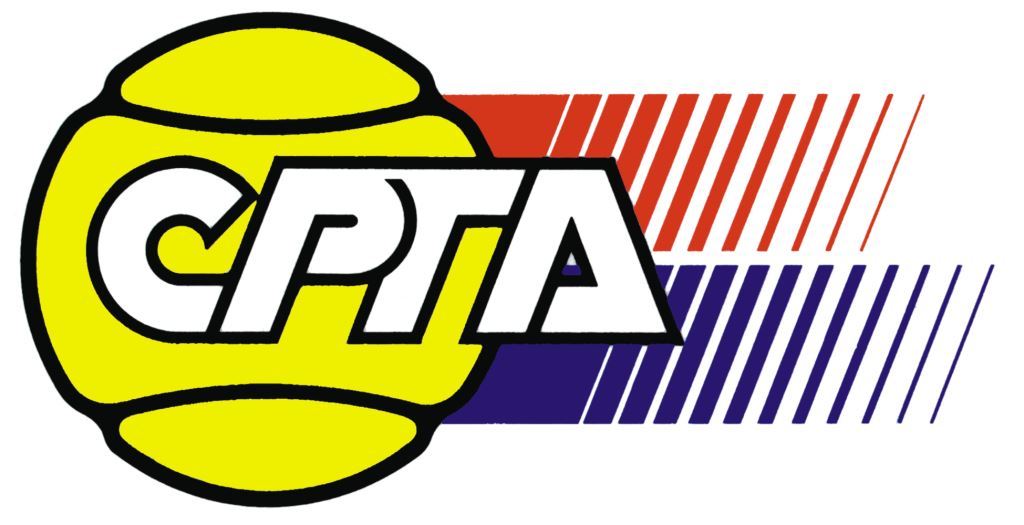A setball in tennis is a situation where one player has the opportunity to end a set (one part of a match) in his favour by winning the last game of the set. A setball usually occurs when one player has a score advantage that allows him to win the set if he wins the next game.
Important points about a setball in tennis:
- Examples of setball scores: A setball can occur at different scores. For example, if the score is 5-4 in favour of one player (with a score of “5” in the number of games won), and that player wins the next game, that player wins the set. Also, a setball can occur when the score is 6-5 and a player needs to win the next game to win the set.
- Importance of Setball: A setball is an important moment in a match because winning each set brings a player closer to winning the whole match. It can also put psychological pressure on the opponent.
- Psychological aspect: Setball is accompanied by high emotions and tension because the player knows that he can win the set and gain an advantage in the match. An opponent facing an opponent’s setball seeks to defend himself and prevent losing the set.
- Defending a Setball: When a player is faced with an opponent’s setball, he tries to defend himself and prevent losing the set. This may require outstanding strokes and strategy to get back into the set.
- Possible outcomes: A setball can end in a variety of ways. If the player with the setball wins the draw, he wins the set. If he loses the draw, the set continues and the score reverts to normal play.
A setball is a moment when a player can win a set, and it is often filled with emotion and tension. The outcome of a setball can be very important to the outcome of the set and the entire match.


